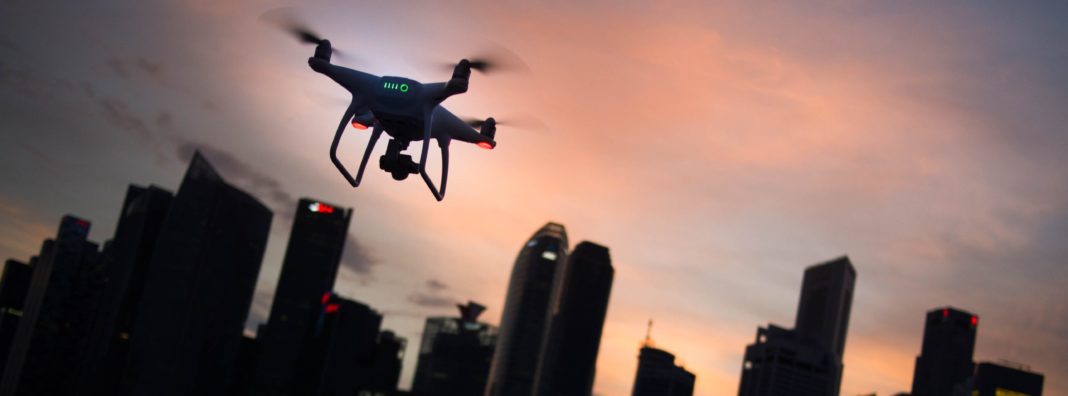
Holiday travel havoc is almost expected. Canceled flights and stranded passengers are as much a part of the holidays as homemade pumpkin pie and gift returns. John Candy practically made a movie career off of it. 2017 saw the busiest airport in the world, Atlanta’s Hartsfield-Jackson, shut down days before Christmas. It shouldn’t have come as a surprise when Christmas 2018 saw its own travel meltdown.
What was surprising, however, was the cause this time around. While computers and weather are the usual culprits, this past holiday season saw a new potential menace: drones.
Gatwick Airport, one of Britain’s busiest airports, was shut down for two days while authorities responded to reports of drones flying near its runway. The shutdown left about 1,000 aircraft grounded or diverted and affected about 140,000 passengers. While it remains to be seen who was behind the Gatwick drone scare (or whether it was a drone at all), we can draw a few quick lessons for federal policymakers here in the United States to learn from.
First, while the idea of drone collisions seems terrifying, they are rare. In fact, drones are not much of a risk to traditional aviation. My former colleagues Eli Dourado and Samuel Hammond once estimated that drone collisions serious enough to cause an injury or fatality to passengers on board an aircraft will occur once every 187 million years of operation. While there is always a risk that a plane may ingest an object into an engine, their research shows that is far more likely to be a bird than a drone.
Second, increased regulation of drone use may make us feel safer, but it won’t actually make us safer. Any rush to regulate in response to what happened at Gatwick would be unwise and unhelpful. The FAA already has very strict rules about flying near airports, and creating more would not stop accidental violations.
Instead, we should focus on efforts to empower and educate drone operators to be responsible when flying. These will go much further than increasing the amount of (potentially complicated and obscure) rules they must adhere to. While it’s still unclear if the drones were intentionally or accidentally flown in the restricted airspace around Gatwick, taking steps to increase awareness would certainly decrease the likelihood that such accidents will occur in the future.
The FAA deserves some credit for its efforts on this front. The FAA’s partnership with the Association for Unmanned Vehicle Systems International and the Academy of Model Aeronautics to produce the “Know Before You Fly” campaign is a great example of the role government and private industry can play in shaping best practices in an emerging and dynamic space.
These efforts, however, should remain focused on where the FAA can meaningfully contribute to the educational effort. The agency’s B4UFLY app is what happens when good efforts go bad. The intent is good, but the execution is, as Dourado has called it, “laughably bad.” Private companies like AirMap have managed to create much better, more accurate products.
Instead of wasting time creating duplicative products that are being produced much better outside the agency, the FAA should instead make sure that guidance is clear, easily understandable, and produced in a timely manner. While the FAA has been distracted with pursuits like these, its rulemaking has continually fallen behind schedule.
How we respond in the aftermath of incidents like Gatwick is important. After all, drone use is still in its infancy and governments around the world are still trying to decide how to encourage safe drone use, let alone respond to unsafe use (or use that is perceived to be unsafe). Taking clear, proactive steps is important, but ensuring that our responses are considered and fact-based is essential.


 The Hill
The Hill